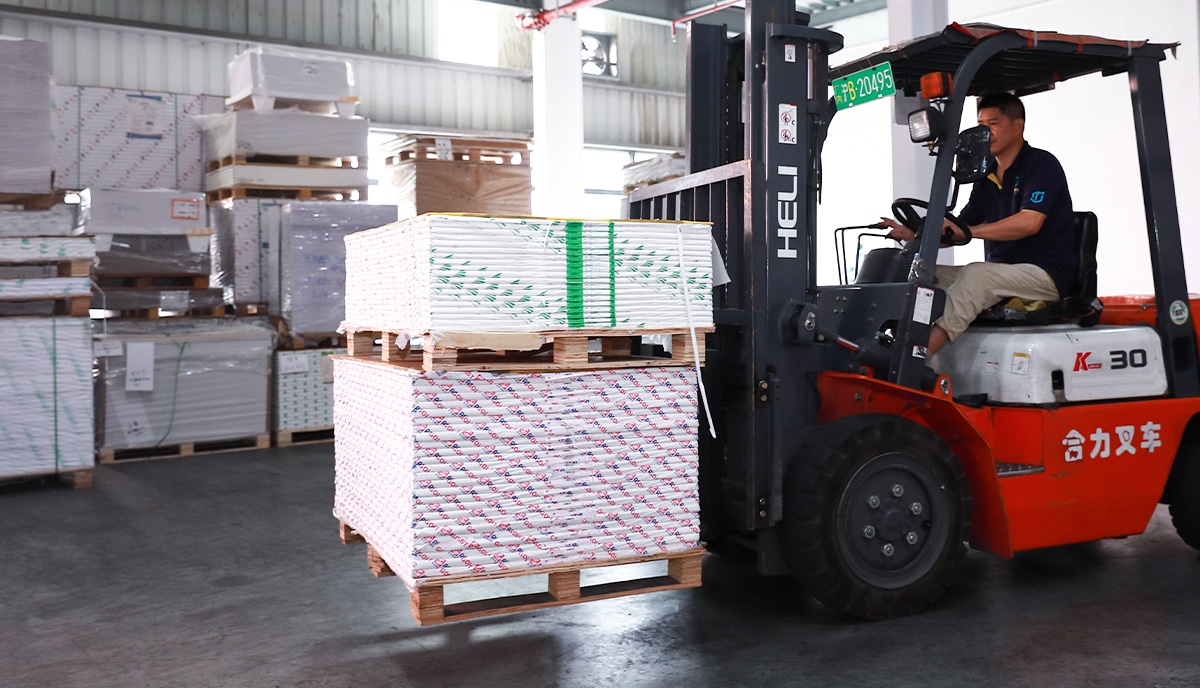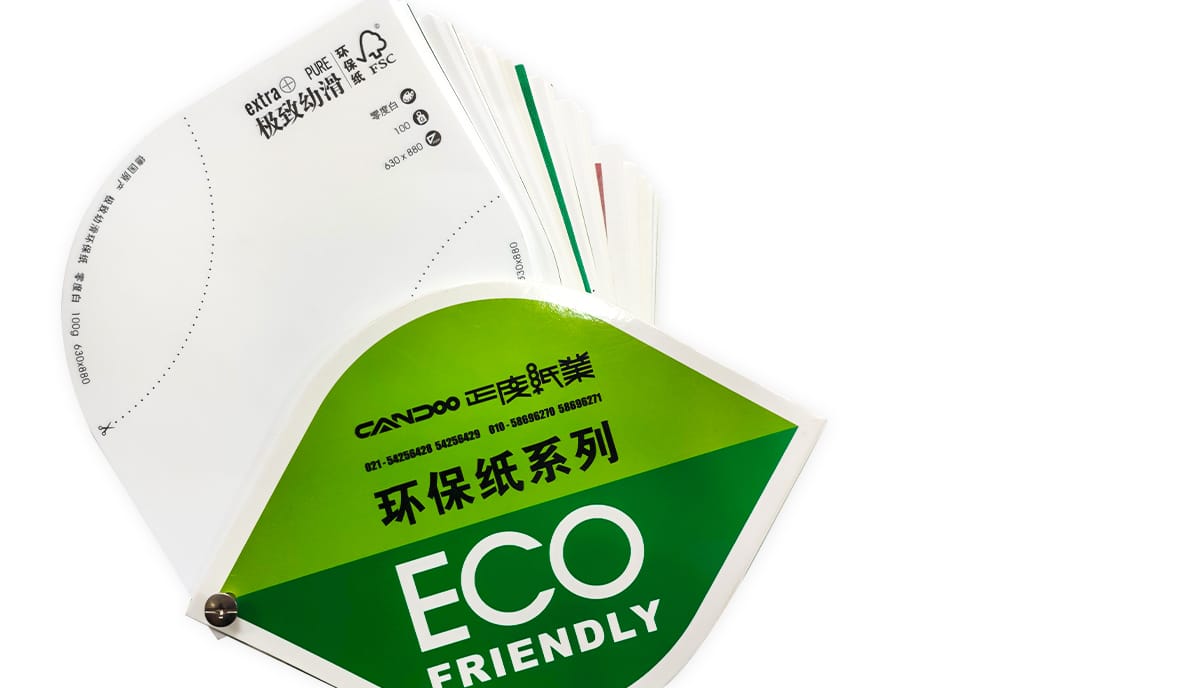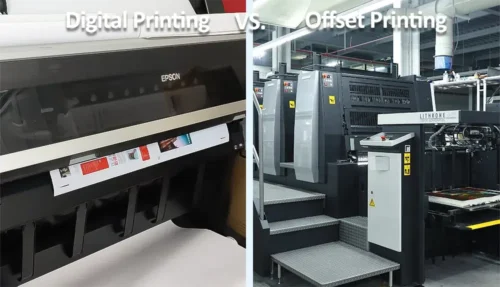Introduction to the printing industry and sustainability in the future green economy

There’s no escaping the fact that — despite the early predictions of the “paperless office” and an entirely digital future back in the 90s — the printing industry is an essential part of modern society and business. From newspapers to magazines, books to marketing materials, and even custom packaging for consumer goods, board games, and playing cards, the print industry plays a vital role in our daily lives. However, the printing industry has also been known to have a significant negative impact on the environment, mainly due to its high consumption of energy and paper, as well as the use of various chemicals and solvent-based inks.
But the world is changing and there’s more talk than ever about the so-called “green economy”. The incentives to develop more sustainable, environmentally friendly practices and the penalties for polluting increase year after year. In response to these important challenges, sustainable printing is a growing trend in the print industry that aims to reduce the environmental impact of printing. It involves the use of eco-friendly materials, energy-efficient processes, and responsible practices that minimize waste and pollution.
We’ve been in this business for over a quarter of a century now and so we’ve been at the very heart of these changes. If you’re concerned about the potential environmental consequences of printing for your business, we share that concern, and we’ll explain our own adaptive response to the problems we face in a moment. But first, let’s discuss the importance of sustainability in the printing industry generally, the advancements in sustainable printing technology that we’ve seen and been able to implement so far, and how sustainable printing practices can be improved for a brighter, safer, greener future.
The importance of sustainability in the printing industry
We won’t beat about the bush. We own the reality that — historically — the printing industry has had a significantly negative impact on the environment. It’s true. But it’s true for practically all commercial activity since the Industrial Revolution. We should remember that it’s only relatively recently that we’ve become aware of the planetary consequences of much industrial practice and it will take time to change. We should also remember that industrial and technological advancements have improved all our lives, enriched us, made us healthier, longer-lived, and generally more peaceful and happy than ever in human history.
But we say that only to give context. The fact is that we do and must develop more sustainable practices and that we must do so as soon as we can. The production of paper and ink requires a considerable amount of energy and resources, and following the traditional model it leads to deforestation, pollution, and greenhouse gas emissions. Not to mention the ways in which we deal with the disposal of printed materials, which can contribute to landfill waste and release volatile compounds into the atmosphere.
So, we’re changing. We’re changing the way we think about printing and we’re changing the way we print. We have no doubt that adopting sustainable printing practices can help reduce the environmental impact of the print industry. Eco-friendly printing materials, such as recycled paper, FSC-certified material, and vegetable-based inks, can help reduce the consumption of natural resources and minimize waste. Furthermore, the use of energy-efficient printers, water recycling, and other responsible practices, such as digital proofing, can significantly reduce energy consumption and carbon emissions.
At QinPrinting, we’re committed to improving on all these fronts. That’s one reason why we constantly monitor and update our machinery — as newer machinery, other than being more efficient, is almost always more environmentally friendly — and we’re proud of our FSC certification. We’ve also adopted the use of soy-based inks for most printing; inks which are sustainably produced, don’t emit harmful chemicals during curing, and biodegrade without contaminating the water supply.

The future of the printing industry
While we can’t deny that some printers are doing better than others, the printing industry is evolving to meet the demands of a sustainable future. We believe that it’s part of our responsibility to engage in this dialogue with our customers, too. So, we are proactive in making environmental recommendations; we always make it clear that — wherever possible — recycled and recyclable materials are an option or otherwise sourced sustainably. And we also encourage our clients to reuse and recycle paper products whenever they can. Sustainable printing is an emerging trend that is gaining popularity due to its environmental benefits but with the right approach it can bring significant economic benefits, too, by closing the waste cycle and encouraging new business with sustainable suppliers and customers whose conscience demands a print product with as light an environmental impact as possible. Sustainable printing companies are becoming more prevalent, offering eco-friendly printing services that use less harmful materials and processes.
Sustainable printing practices and how to improve sustainability
It’s important that forward-looking companies like ours take the lead in evolving sustainable printing practices that minimize waste and pollution. Here are several ways that QinPrinting has identified to move toward an increasingly sustainable business model. Some of these are objectives that we can’t always fully implement at the moment. But we’ve made a start. We have a proverb in China that says, “It is the fool who does nothing because he can only do a little”. And another, “A journey of a thousand miles begins with the first step”.
- Use eco-friendly materials: Choose recycled paper and vegetable-based inks to reduce the consumption of natural resources and minimize waste.
- Use energy-efficient printers: Invest in energy-efficient printers that use less energy and produce less waste.
- Implement responsible practices: Printing products that are made to last, reusable packaging, and digital proofing, for example.
- Reduce transportation emissions: Larger print runs and full loads for shipping reduce energy consumption and waste.
- Dispose of printed materials responsibly: Recycle printed materials and waste matter when possible to reduce landfill waste.
- Eco-friendly printing materials and processes: FSC-certified paper and cardboard, soy-based inks, and UV — rather than heat—curing all help.

The economic benefits of sustainable printing
As we’ve already touched on, sustainable printing can also provide economic benefits to businesses. By adopting sustainable printing practices, we can actually reduce our energy consumption, waste, and printing costs significantly. And we believe our efforts are leading to increased customer satisfaction and loyalty, which means for many clients we are “first choice” precisely because of our commitment to developing sustainable practices.
And in the global marketplace, we’re seeing ever more regulatory controls, with an environmental scope, so sustainable printing can help major international printing services like ours comply with environmental regulations and avoid fines, penalties, and loss of business.
The role of consumers in sustainable printing
But it’s not all down to us! Real change must come through a collective effort and positive partnerships. Consumers play a crucial role in promoting sustainable printing practices, too. By choosing eco-friendly products and services, consumers can influence businesses to adopt sustainable practices. Furthermore, consumers can reduce their own environmental impact by recycling printed materials and planning with care the design of products and the quantities produced. Consumers can also support sustainable printing companies by choosing to do business with them rather than companies who don’t have a clear environmental policy.
Moving towards a more sustainable printing industry
No one can pretend that the printing industry as a whole is without an ecological impact. The printing industry has a significant impact on the environment, but sustainable printing practices can help reduce this impact. However, overall, the printing industry is evolving to meet the demands of a sustainable future, and sustainable printing is a growing trend that is here to stay.
Talk to us!
If you’d like to work with a printer with a genuine commitment to improving sustainable practice, we should talk! Get in touch to discuss your project proposal and we’ll do everything possible to reduce its impact on the environment — whether that’s through FSC-certified and recycled materials, biodegradable inks, and energy-efficient processing. The more consumers support us because of our ecological commitment, the more we’ll be able to do in the future to improve and upgrade with the health of the planet in mind.











